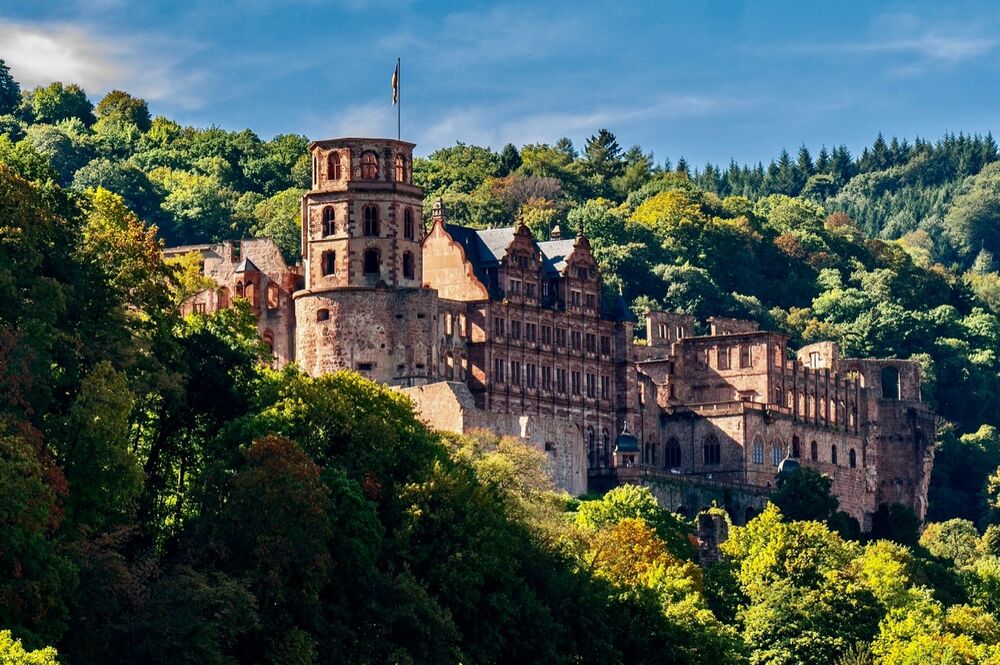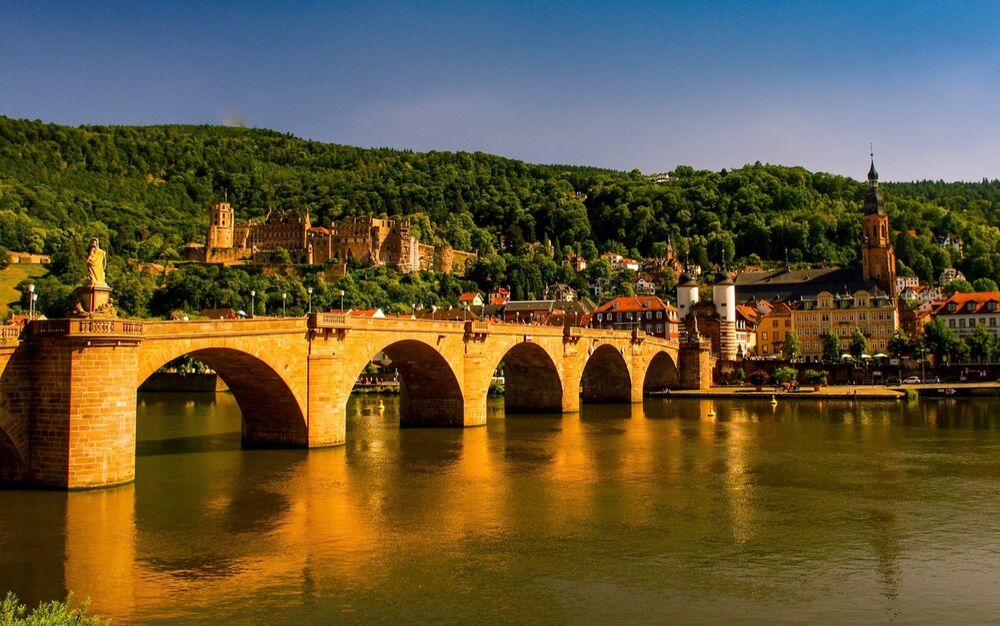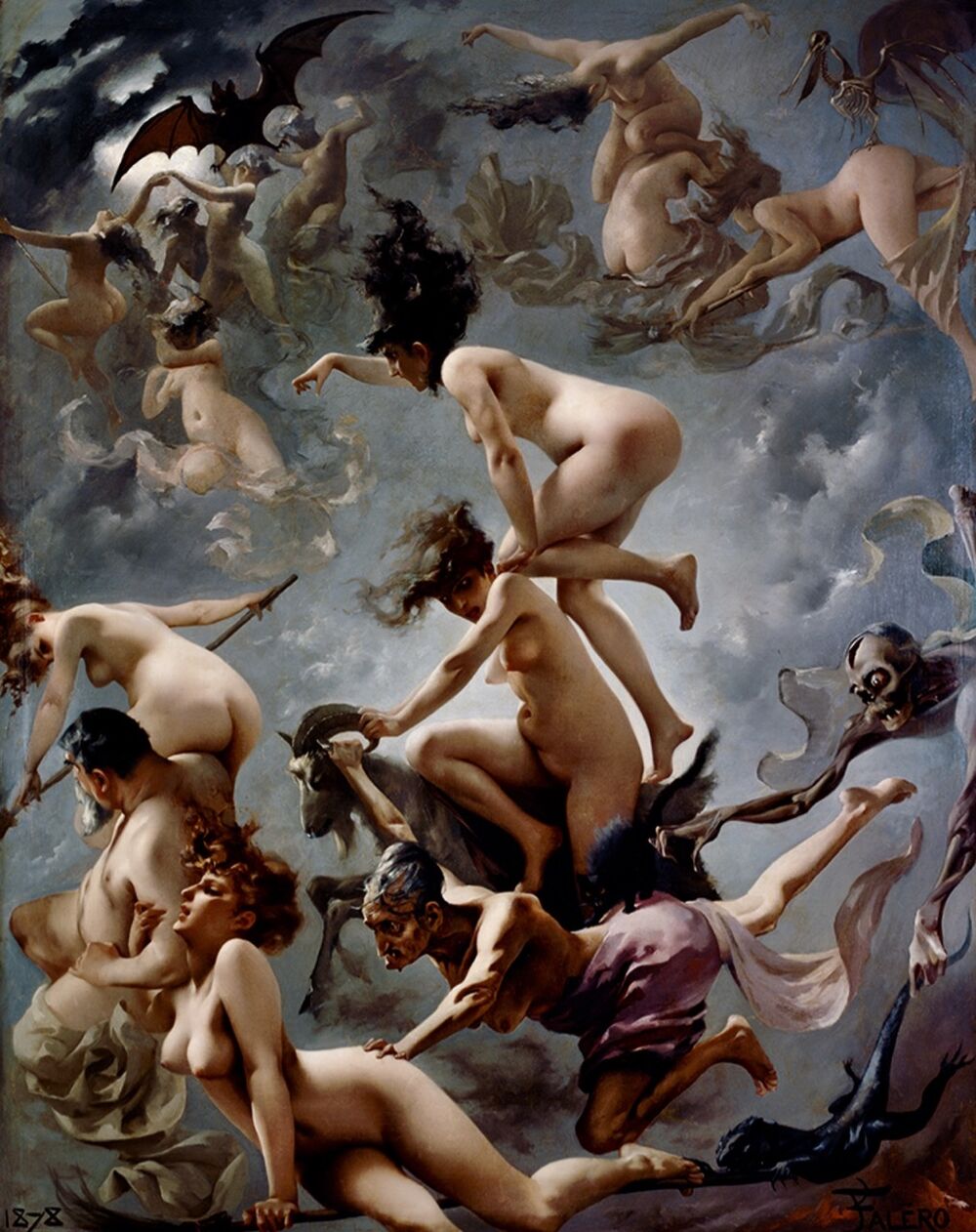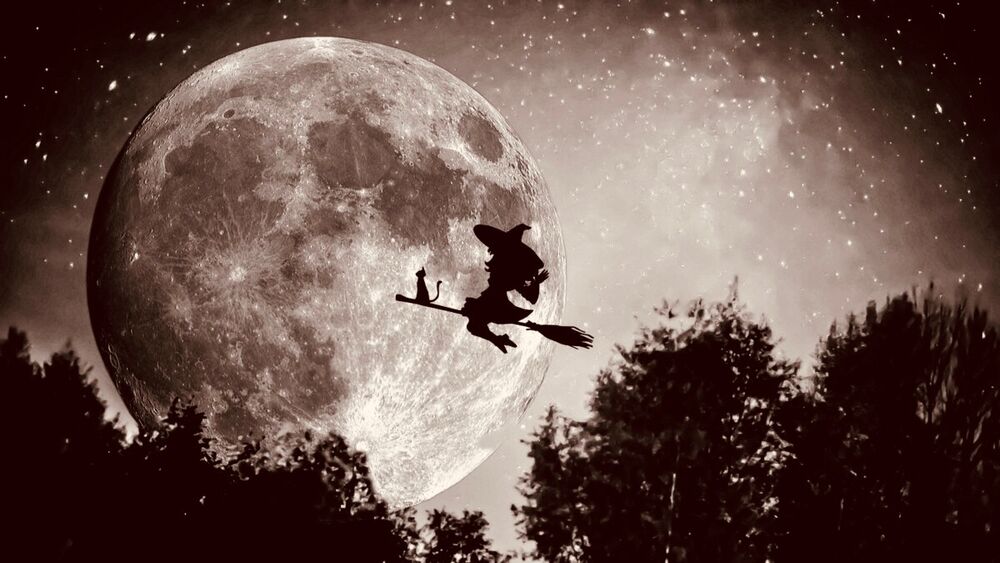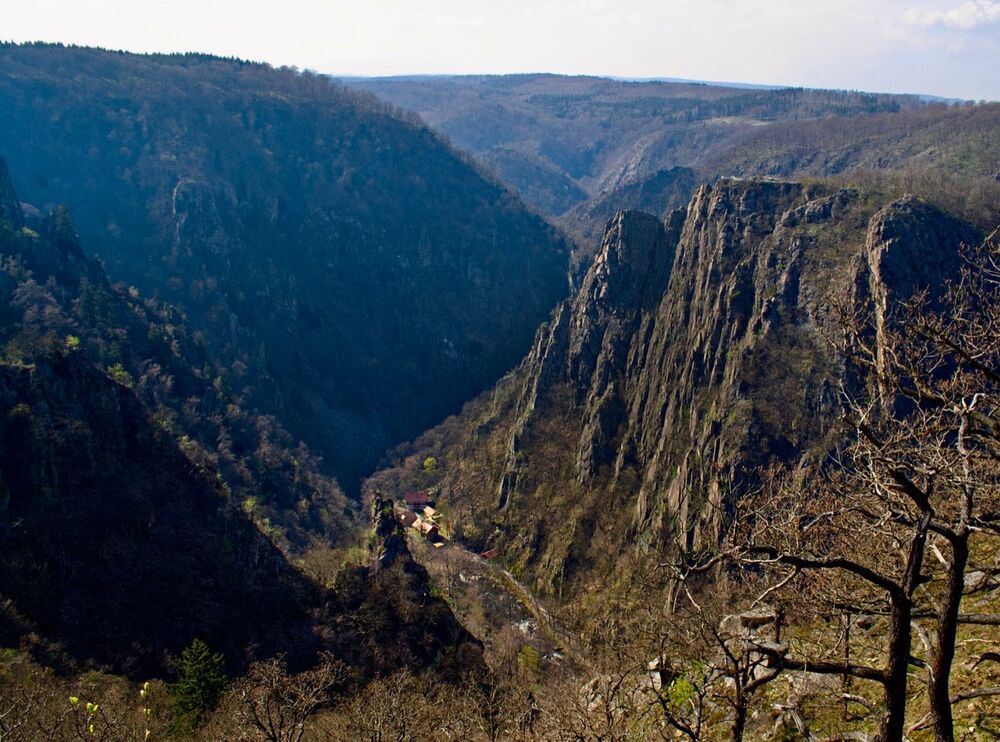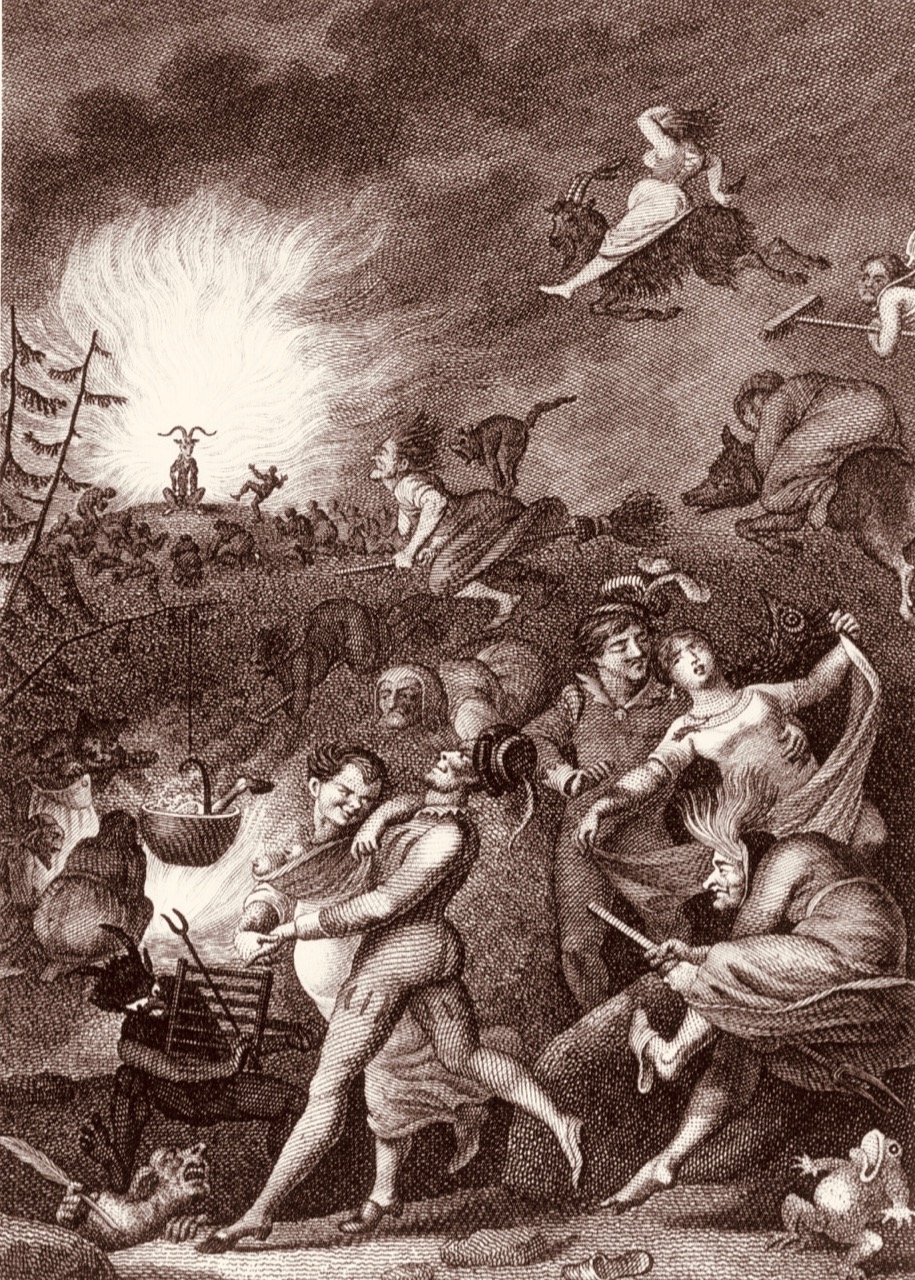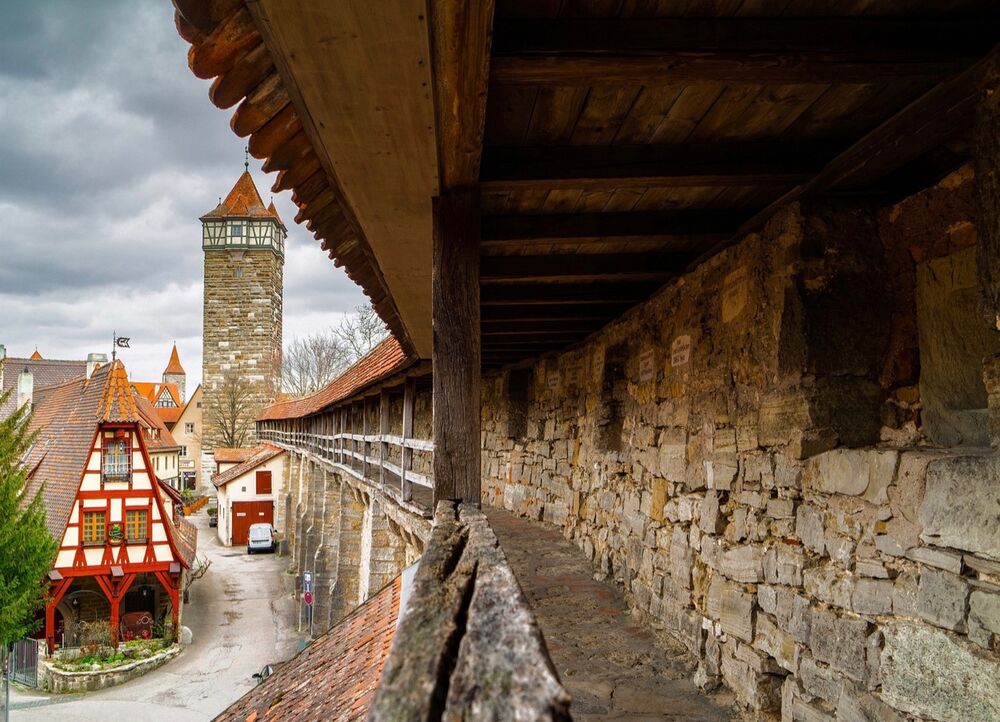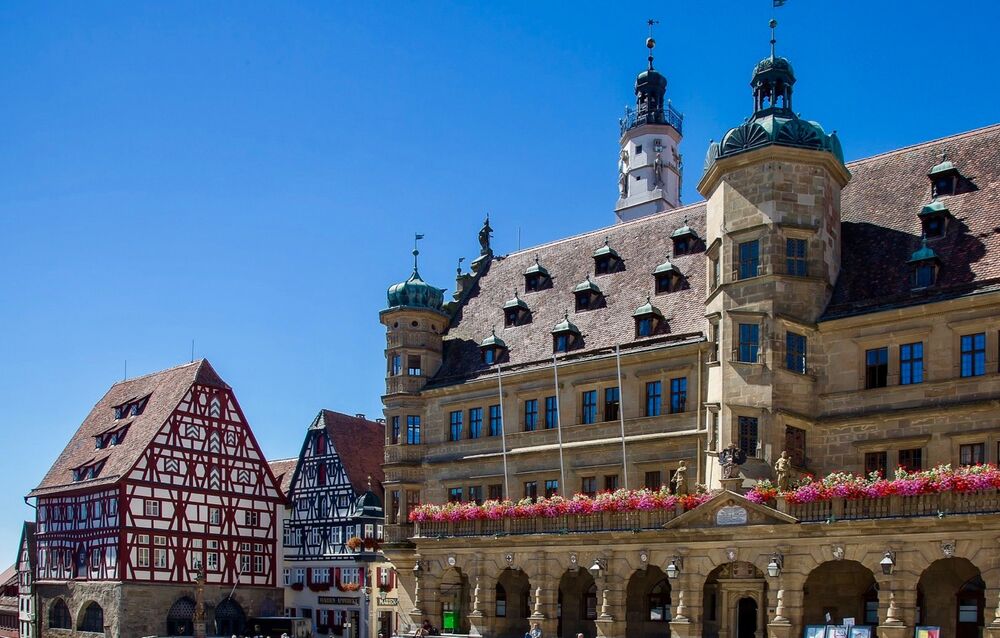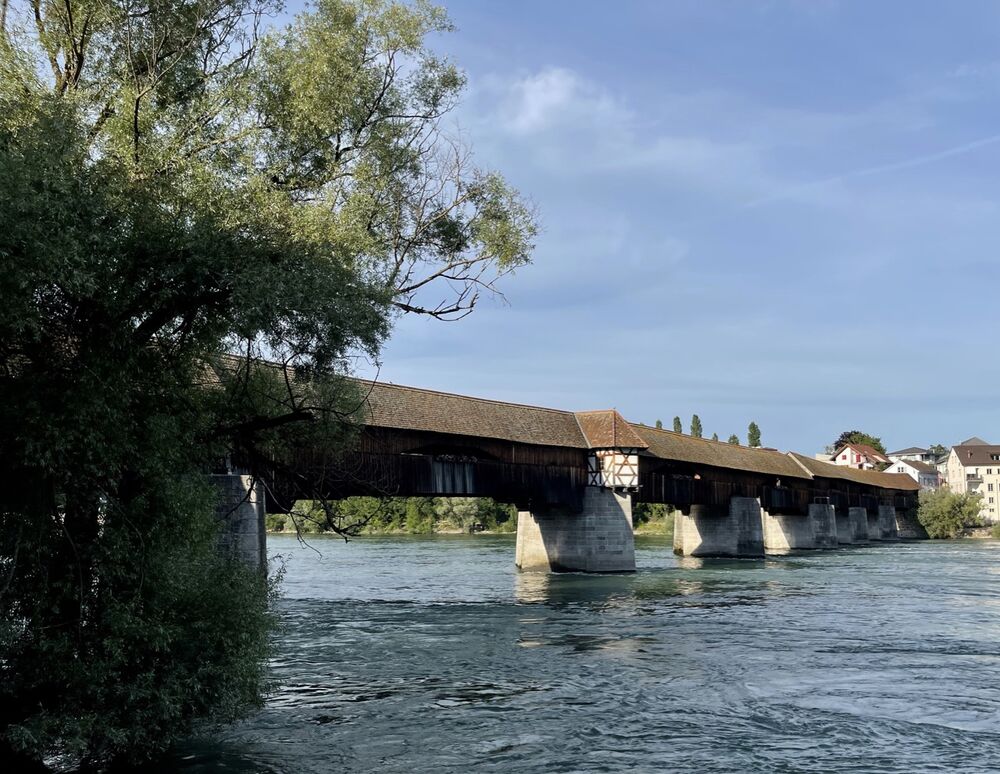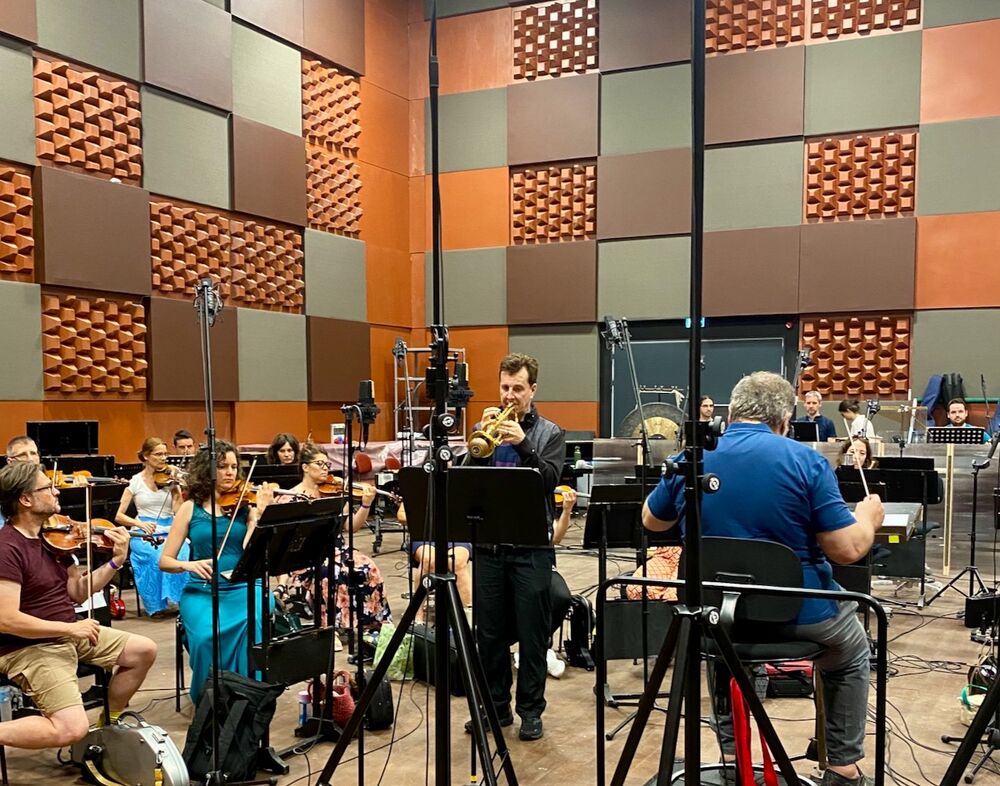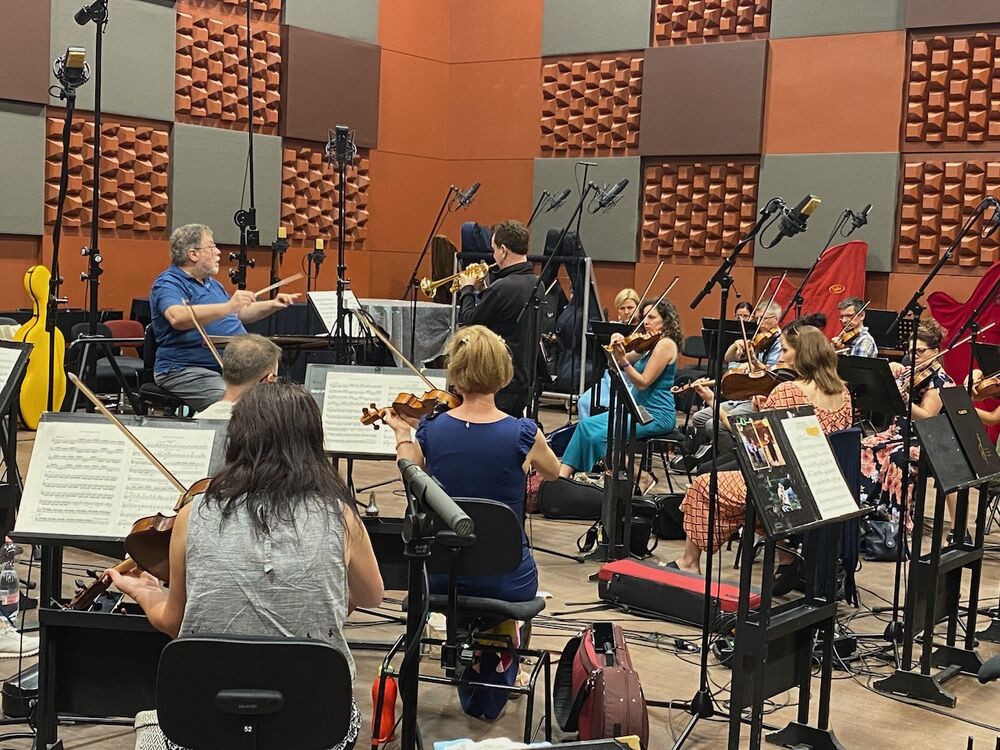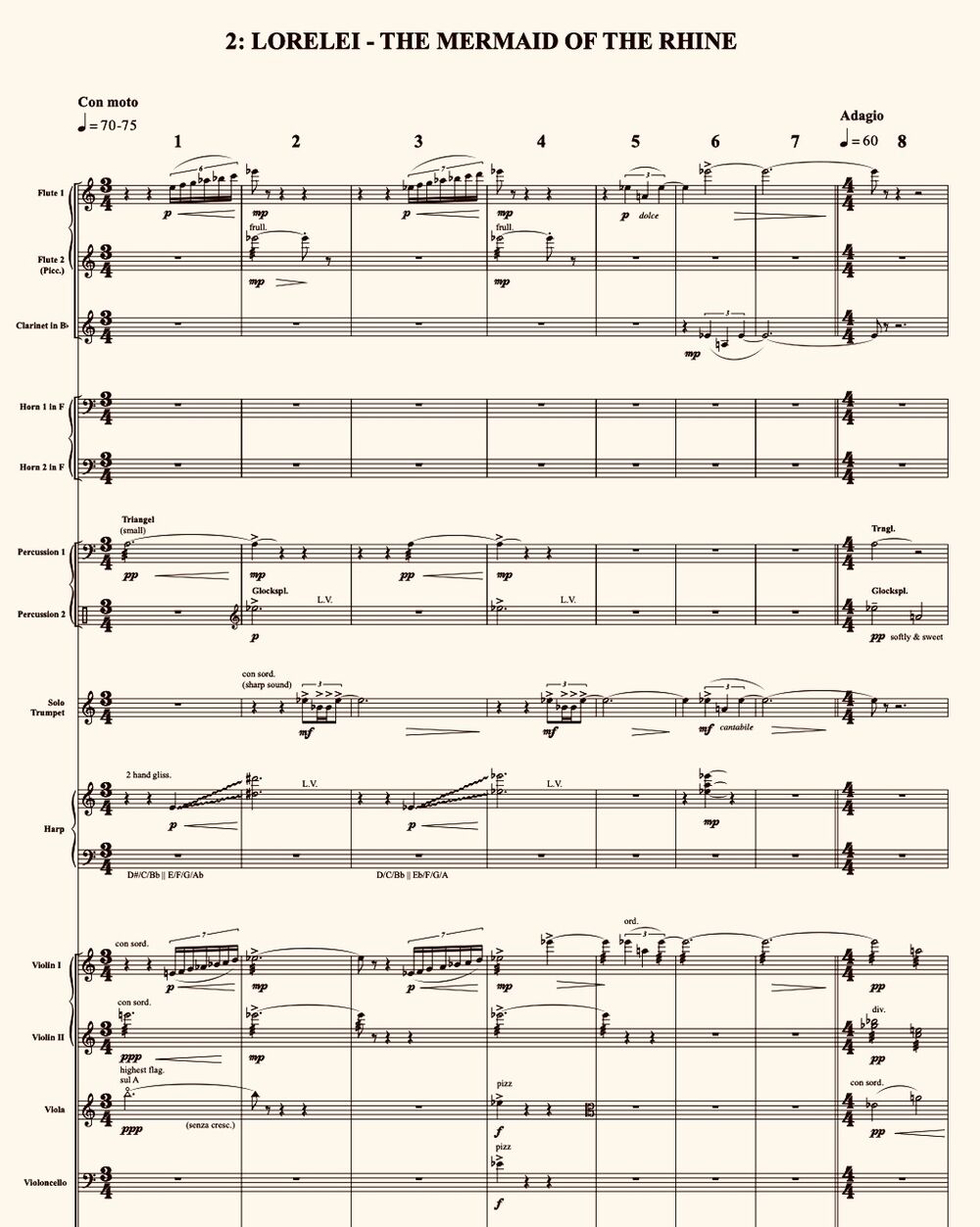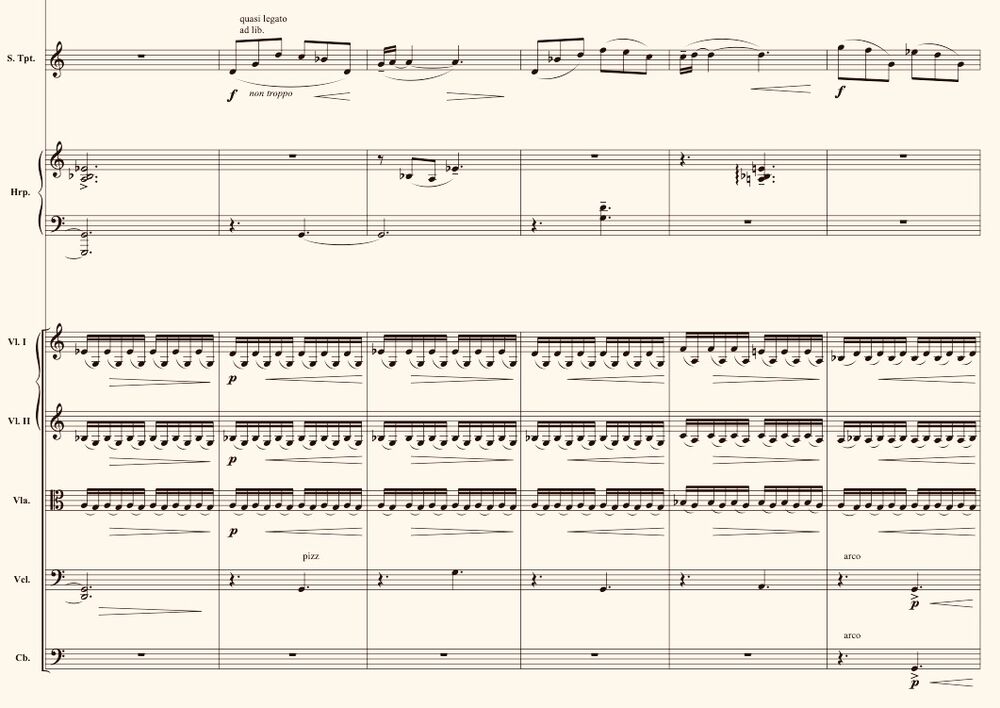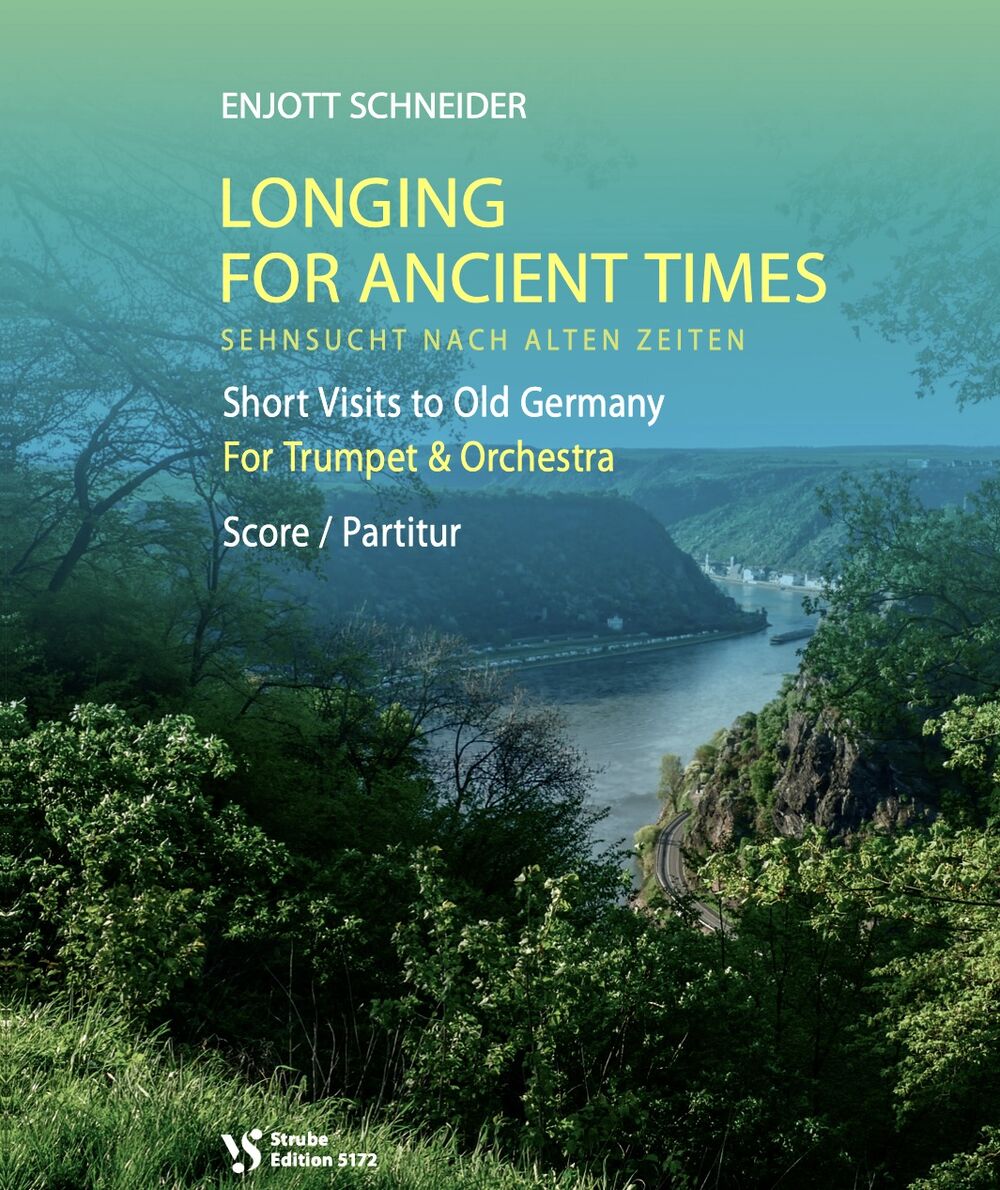
Category: Symphonic / Orchestral
Ein Konzert, das einige der berühmtesten historische Ecken im romantischen Deutschland beschreibt: als musikalische Impressionen, die jeweils dazu passend typische Melodien der Volksmusik zitieren. Damit oszilliert LONGING FOR ANCIENT TIMES zwischen konzertantem Anspruch und einem so sehnsüchtigen wie romantischen Gestus der zur kulturellen Identität gewordenen Lieder. Es geht um Orte wie Heidelberg, Lorelei am Rhein, der Hexenberg Brocken, im Volksmund "Blocksberg" im Harz, um das mittelalterliche Rothenburg ob der Tauber und zum Trompeter von Säckingen am Hochrhein.
Movements: 1: THE CASTLE OF HEIDELBERG
2: LORELEI – THE MERMAID OF THE RHINE
3: WALPURGIS NIGHT ON THE BLOCKSBERG. WITCHES’ DANCE
4: THE TRUMPETER OF SAECKINGEN
5: FAREWELL TO ROTHENBURG OB DER TAUBER
Duration: 20 Minutes
Publisher of notes/sheet music: Strube Musikverlag/ München , VS 5172 , 2023
Instrumentation: 2 Flutes (2nd also Piccolo)
Clarinet in Bb
2 Horns in F
2 Percussion Players
Harp
String Orchestra (Vl 1+2, Vla, Vc, Cb)
Introduction: LONGING FOR ANCIENT TIMES / SEHNSUCHT NACH ALTEN ZEITEN
SHORT VISITS TO OLD GERMANY for Trumpet & Orchestra
A concert that describes some of the most famous historical corners of romantic Germany: as musical impressions, each of which suitably quotes typical melodies of folk music. In this way, LONGING FOR ANCIENT TIMES oscillates between concertante aspirations and a gesture of longing as romantic as the songs that have become a cultural identity.
1: Heidelberg, with its famous castle, Germany's oldest university and its historic old town streets, is the epitome of "Old Germany". Situated in the valley of the Neckar, it offers visitors from all over the world many sights, bridges, churches. The music reflects the dark, wildly romantic atmosphere of Heidelberg Castle and eventually leads to the well-known student song "Gaudeamus Igitur". Its melody dates from the 18th century, the Latin text from Christian Wilhelm Kindleben (1781). It is the most famous traditional student song and is known worldwide.
2: The Loreley is a legendary 132-metre-high rock in the Middle Rhine Valley. There are dangerous whirlpools and reefs around the rock, so that many ships have been wrecked here and people have disappeared. In his famous poem "Ich weiß nicht was soll es bedeuten, dass ich so traurig bin" (I don't know what it means that I am so sad), Heinrich Heine (1797-1856) thematises the Loreley as a long-haired mermaid who sings so beautifully (as in Homer's Odyssey) that the skippers lose their minds and head for disaster. The melody is by Friedrich Silcher (1789-1860).
3: As a wild and unspoilt low mountain range, the Harz is the highest in northern Germany. Notorious are the numerous legends surrounding the summit of the "Brocken", popularly known as the "Blocksberg": there, on the night of 1 May, Walpurgis Night is celebrated as a meeting of witches and the devil. Pure gruesome romance, which can also be very hearty, because ritual sexual debauchery is supposed to transfer fertility to the soil, witch dances and satanic ceremonies go back to ancient pagan customs before Christianisation. The witches' Sabbath is documented as far back as the Middle Ages and was also popularised as Walpurgis Night by J.W. von Goethe's "Faust" Part 1. At the end, the folk song "Der Mai ist gekommen" (May has come), which is still sung in the villages of the Harz on the night of 1 May, is heard. Melody by Justus W. Lyra, text by the Berlin poet Emmanuel Geibel.
4: Säckingen is located on the High Rhine in the south of the Black Forest and is known as the trumpeter's town. The trumpeter welcomes everyone here with his famous song "Behüt Dich Gott, es wär so schön gewesen". The poet Joseph Victor von Scheffel (1826-1886) found inspiration for his work "The Trumpeter of Säckingen" in the story of an unhappy love affair shortly after the Thirty Years' War. This then became very popular in the opera of the same name by Victor Ernst Nessler (1984). Several films also followed this theme...
5: Rothenburg ob der Tauber is located on the edge of Bavaria and - as a highlight of the "Romantic Road" - is one of the most beautiful towns in Germany due to its medieval flair. Together with neighbouring towns such as Dinkelsbühl, Ansbach and Tauberbischofsheim, which epitomise the old, fairy-tale Germany, one feels as if one is experiencing a historical journey through time. Countless films - including American ones - have been shot in this picturesque setting. Walt Disney also had the artists of his animated films draw inspiration for a fairytale world here. - The Swabian folk song "Muss i denn zum Städtele hinaus" ("Must I go out to the little town"), which originated anonymously in the nearby Rems Valley in Württemberg, can be heard here. Through the melody published by Friedrich Silcher (1827), the song became very well known. Even internationally, as the English translation by H.W. Dulcken "Must I, then? From the town..." from 1856 is proof of this. The song received worldwide distribution as a million-seller through Elvis Presley, who recorded it in 1960 under the title "Wooden Heart" in the film "G.I. Blues". The rock'n'roll icon Presley got to know the song during his military service in Heidelberg, then in Bad Nauheim. It is about a great archetype, - the melancholy of saying goodbye.
Dedication: edicated in friendship to the American Trumpeter Paul Neebe
Additional remarks: Commisioned by Paul Neebe for a CD-Recording Juni 2023 in Budapest (Hungary)
World premiere: 26.06.2023, Budapest / Hungary
Performers at world premiere: Paul Neebe / Trumpet solo

